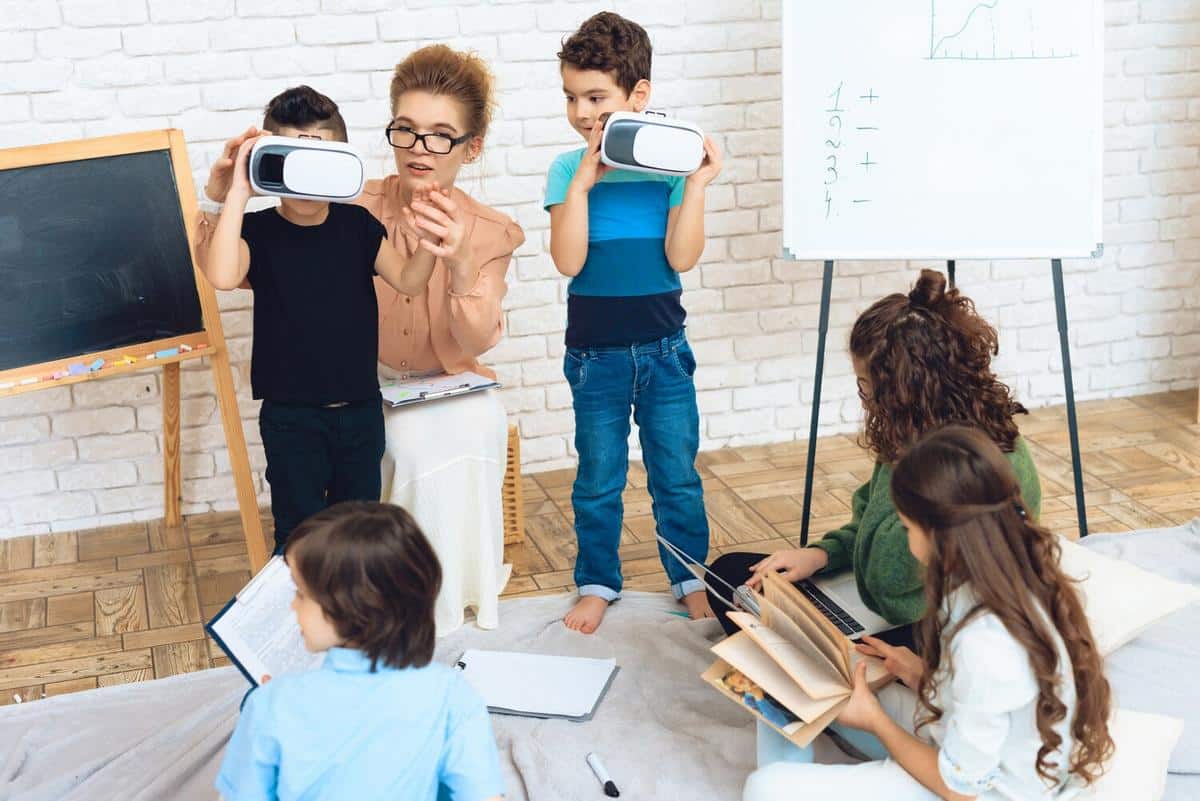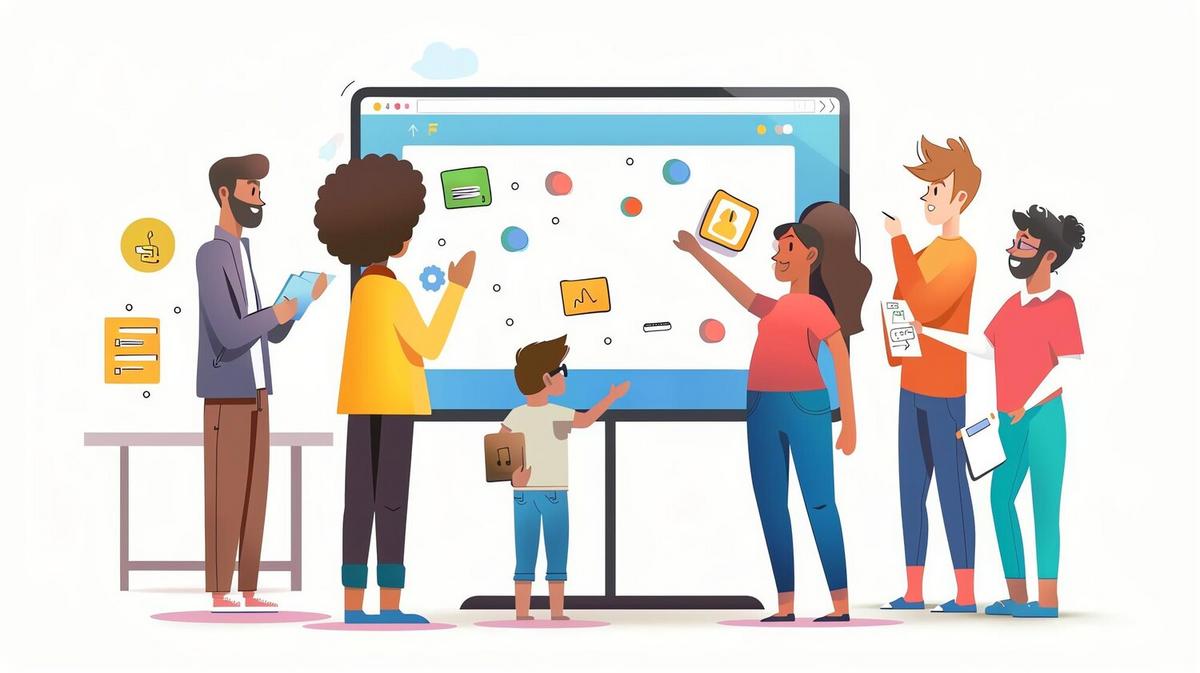
Virtual Classrooms: The Future of Remote Education
Virtual classrooms have revolutionized the way we perceive education in the modern age, offering a dynamic and accessible approach to learning that fits seamlessly into our increasingly digital world.
Understanding Virtual Classrooms
The concept of virtual classrooms has gained significant traction as remote education becomes a staple in modern learning. Unlike traditional classrooms, virtual classrooms offer flexibility and accessibility, allowing students to learn from anywhere with an internet connection.
Expert Insights
According to Dr. Lisa Rogers, an educational technology specialist, “Virtual classrooms have the potential to democratize education by providing access to quality learning resources irrespective of geographical constraints.” This perspective highlights the transformative power of virtual learning environments.
Statistics and Research
Recent research from the Online Learning Consortium indicates that over 30% of all higher education students in the United States are enrolled in at least one online course. This statistic underscores the growing acceptance and reliance on virtual classrooms.
Real-Life Examples
Consider the experience of Mark, a high school teacher who transitioned to virtual teaching during the pandemic. He noted, “The shift to virtual classrooms was challenging at first, but it allowed me to incorporate diverse multimedia resources that enhanced student engagement.” Mark’s story illustrates the adaptability and potential for innovation in virtual classrooms.
Tips for Effective Virtual Learning
- Set a dedicated study space to minimize distractions.
- Create a consistent schedule to maintain discipline.
- Engage actively in online discussions to enhance learning.
- Utilize available resources like forums and supplementary materials.
Pro Tip: Utilize productivity tools like digital planners and task managers to keep track of assignments and deadlines efficiently.
Comparison Table: Virtual vs. Traditional Classrooms
| Aspect | Virtual Classroom | Traditional Classroom |
|---|---|---|
| Accessibility | Anywhere with internet | Specific physical location |
| Flexibility | High | Low |
| Resource Variety | Extensive | Limited |
| Interaction | Digital | Face-to-face |
| Cost | Potentially lower | Higher |
| Environmental Impact | Reduced | Higher |
| Adaptability | High | Moderate |
| Technology Dependence | Essential | Optional |
FAQs
What are the benefits of virtual classrooms?
Virtual classrooms provide flexibility, accessibility, and a wide range of resources, allowing for a personalized learning experience.
How do virtual classrooms impact student engagement?
While they can enhance engagement through multimedia tools, they also require students to be proactive in their learning approach.
Are virtual classrooms cost-effective?
Yes, they can be more cost-effective due to reduced travel and material costs.
How can educators ensure effective teaching in virtual classrooms?
By incorporating interactive elements, providing timely feedback, and utilizing diverse digital resources.
Conclusion: Embracing the Future
Virtual classrooms represent a significant shift in educational paradigms, offering a flexible, accessible, and resource-rich learning environment. As technology continues to evolve, so too will the capabilities and reach of virtual education. Embracing these changes will be crucial for educators and students alike, paving the way for a more inclusive and innovative educational landscape.


